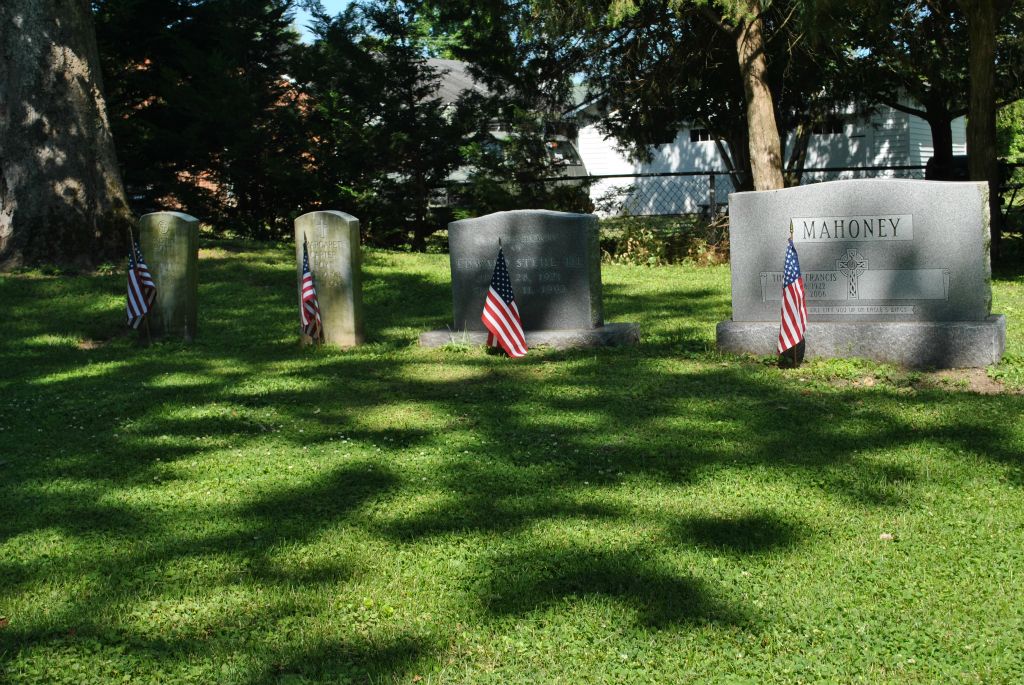
Last Sunday (Easter 7, Year A, May 17, 2015)
May 24 – 10:00am, Godly Play (preschool through second grade). Bishop Goff will be here talking about healing in the Parish House.
May 24 – 11:00am, Holy Eucharist, Rite II. Baptism of Marie Elizabeth Duke. Pentecost. Bishop Goff visitation. Wear red.
May 24 – 12:00pm – Picnic to honor Marie Elizabeth Duke and Bishop Goff. Bring a dish or two!
May 26 – LAST DAY – Signup for ECW spring meeting. Register online here . Register by mail.
May 27 – 10:00am – Ecumenical Bible Study
May 27 – 5pm – Youth group
May 30 – 1pm-5pm- ECW Spring meeting, Christ Church, Spotsylvania
This Sunday at St. Peter’s – Servers, Readings

What is Pentecost?
Pentecost literally means “fiftieth day.” As a religious celebration, it first delineated the fifty days after Passover with a harvest festival. It was also a celebration of the giving of the Law at Mount Sinai, still celebrated in the Jewish tradition as Shavuot. The Day of Pentecost is one of the three major feasts of the church year, along with Christmas and Easter.
In the Christian tradition, Pentecost marks the end of the 50 Days of Easter. The only writer in the New Testament who tells us about the Day of Pentecost and the coming of the Holy Spirit is Luke in Acts 2:1-21. Paul and others talk about the Holy Spirit, but only Luke talks about the dramatic coming of the Holy Spirit on Pentecost.
In Acts 2, the apostles and friends are gathered together in Jerusalem. Suddenly there is a great rushing of wind, and tongues of fire rest on each of the apostles. They begin to speak in different languages, and the crowds around them, Jews from across the diaspora, having come to Jerusalem for the Festival of Weeks, understand them, although some disparaged them as drunks. It was at this moment that Peter stood up and preached, revealing the will of God in Jesus Christ, as prophesied by Joel, and affirming a continual outpouring of the Holy Spirit upon repentance and baptism.
Why does Pentecost Matter?
There are at least three reasons to start with:
1. It marks the birthday of the church. Pentecost was a turning point. Before the rushing wind, the flames, and the speaking in tongues, the apostles were a group of followers who listened to Jesus and assisted as he helped those who came to him for healing and grace. Without Jesus, they were aimless and confused.
After the Holy Spirit enters that room, after Peter preaches repentance and baptism, they no longer look inward. The end of Acts 2 records that they devoted themselves to the teaching and to fellowship, they performed wonders and signs, they gave to others in need…and the Lord added to their number daily those who were saved.
As long as Jesus remained present in bodily form, even in resurrected bodily form, he could be present only to certain people at certain times. Now, with the coming of the Holy Spirit, the Lord can be present to all people and at all times. Perhaps this is one reason Jesus emphasizes in this Gospel lesson that “it is to your advantage that I go away.”
The Holy Spirit gave the disciples direction and power to form the Christian community, which would become “the church.” So, Pentecost is a birthday, and some churches today celebrate with cake!
2. Pentecost completes the Trinity. Christian theology is grounded in a doctrine of three in one, and Christians often pray in the “name of the Father, the Son, and the Holy Spirit.” Pentecost was the first and definitive moment in which we can say that the Father sent the Holy Spirit to make the Son present. No Pentecost, no Trinity.
3. Jesus kept his promise. In Matthew 28:20 Jesus told his followers, “I will be with you always, even until the end of the age.” He promptly ascended and was seen no more. What gives? Well, in John 15:26 he says, “I will send you the Advocate-the Spirit of truth. He will come to you from the Father and will testify all about me” (NLT). The point is: Jesus is present through the Holy Spirit. Pentecost marks the fulfillment of Christ’s promised presence.
Pentecost, an ancient festival 
Pentecost was the second of the three great annual festivals of Israel, the others being Passover and the feast of Tabernacles. The festival was often called the feast of Weeks because it took place seven complete weeks, or 50 days, after the Passover. Jews from all over the world came to Jerusalem for this festival, more than for any other. The day was one of solemn convocation when no work was to be done. The people offered the first loaves of fine flour made from the just harvested late grain crops. Other sacrifices were offered in the temple and a meal was prepared with freewill offerings from the people. To this meal the widows, orphans, the poor and the stranger were invited.
By the early New Testament period, it had gradually lost its association with agriculture and became associated with the celebration of God’s creation of His people and their religious history. By the destruction of Jerusalem in AD 70, the festival focused exclusively on God’s gracious gift of Torah (the "Law") on Mount Sinai. It continues to be celebrated in this manner in modern Judaism.
On this festive day, in the year of Jesus’ death and resurrection, the Holy Spirit was bestowed upon the apostles. In Acts, Luke describes the sound of a mighty rushing wind and the sight of tongues of flame resting on the head of each apostle. What a transformation took place in these men and women! They were truly “clothed with power from on high” (Luke 24:29). Out into the crowd they went, boldly proclaiming the “mighty works of God” (Acts 2:11). One of the gifts of the Spirit— the gift of tongues—enabled the polyglot crowd to hear the apostles speaking, each in his or her own language.
Pentecost – The quick version
Click here or on the picture above
Pentecost – A Longer version – 4 minutes

David Lose, President of Luther Seminary
"The Holy Spirit is as much agitator as advocate, as much provocateur as comforter. Do we have a word or phrase at our disposal, I wonder, that can capture all these dimensions of the work of the Holy Spirit? Actually, I think we do, and it’s Paraclete!
"But Paraclete is a compound Greek work that literally means, “to come alongside another.” In this sense, the Paraclete can be an advocate – to come along side to defend and counsel – or comforter – to come along side to provide comfort and encouragement. But the one who comes along side might also do so to strengthen you for work, or to muster your courage, or to prompt or even provoke you to action. Which is why I think the Paraclete as the one who comes along side of us to encourage and equip us for the task of ministry is such a perfect name for the Holy Spirit.
"But take note, as in the readings today, so also in our world: if we heed the word and work of the coming-along-side Holy Spirit, we will inevitably be pushed beyond what we imagine and end up stirring things up. We tend to think of the Holy Spirit as the answer to a problem, but what if the Spirit’s work is to create for us a new problem: that we have a story to tell, mercy to share, love to spread, and we just can’t rest until we’ve done so!
"As far as I can tell, nowhere in the New Testament does Jesus command us to go out and build churches, take care of old buildings, and devote yourself to crumbling institutions. No, Jesus says “go and make disciples” and “when you care for the least of these you are caring for me” and “love one another as I have loved you.” And this kind of work is inherently disruptive, difficult, and at times even dangerous. And so Jesus sends the Paraclete, the one who comes along side us to encourage, equip, strengthen, provoke and, yes, at times to comfort us so that we can get out there and do it all again. So perhaps this Pentecost, we might substitute the traditional petition, “Come, Holy Spirit,” with one more suited to the name we’ve discussed, “Come alongside, Holy Spirit!”
Here is David Lose’s video along this theme:
Click here or on the picture above
Pentecost Picnic, 2015 and earlier, 1999 and 2000.

We’re having a picnic on Sunday to honor the newly baptized Marie Elizabeth Duke and Bishop Goff. Bring a dish or two!
There was a time when it was a regular event. During Karen Woodruff’s time at St. Peter’s, the Pentecost Picnic was held yearly for a number of years. These pictures are from 1999-2000. Whom do you recognize ?
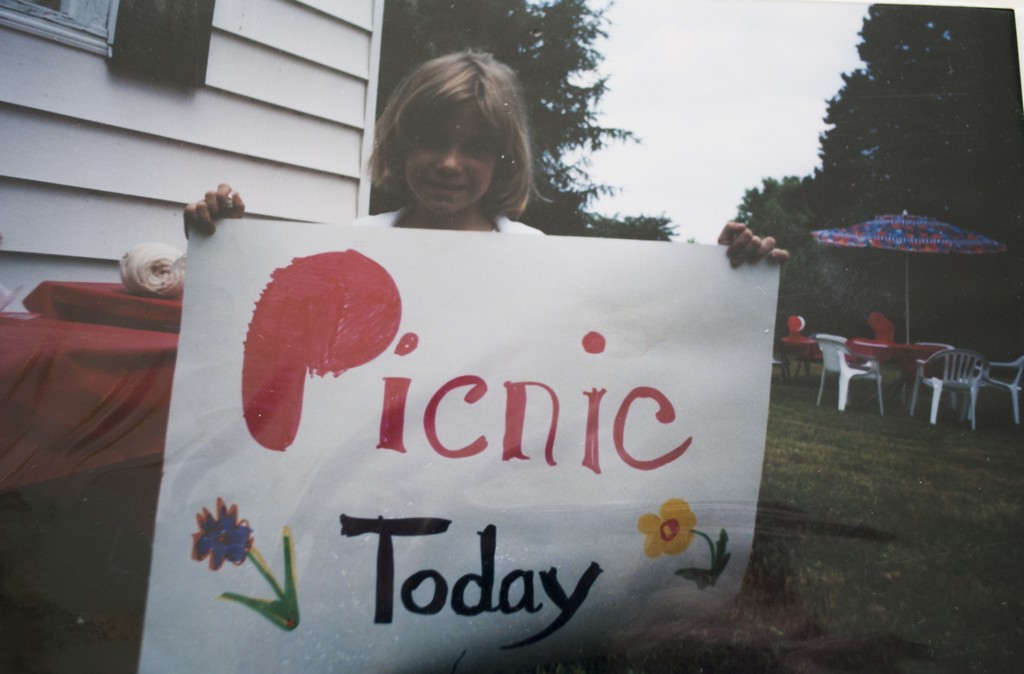
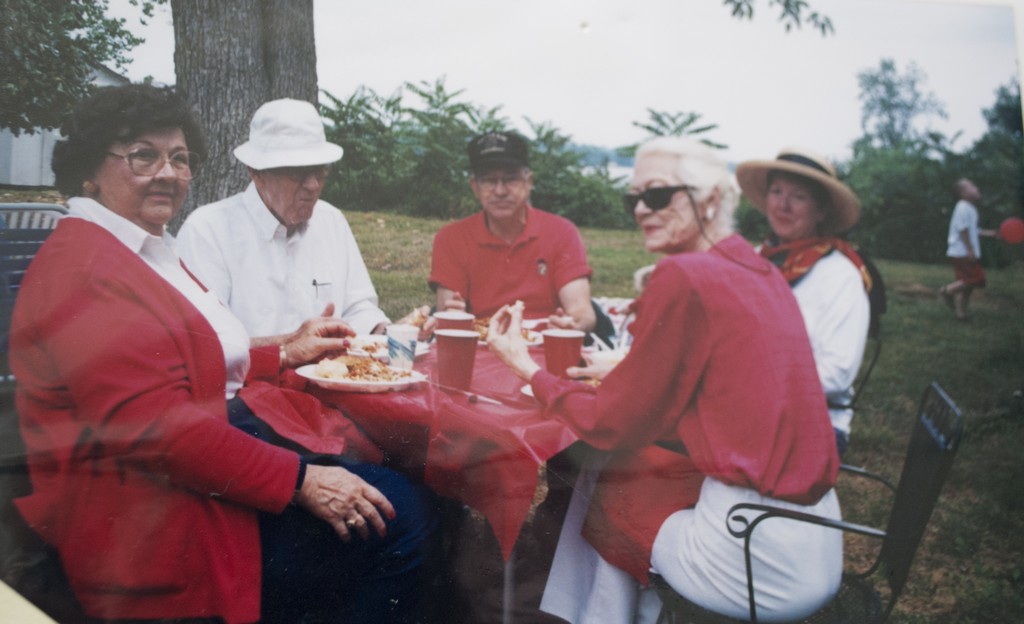

A Pentecost cake!

What is the symbolism ?
The Languages of Pentecost

From Acts we read on Pentecost.
"And at this sound the crowd gathered and was bewildered, because each one heard them speaking in the native language of each. Amazed and astonished, they asked, "Are not all these who are speaking Galileans? And how is it that we hear, each of us, in our own native language? Parthians, Medes, Elamites, and residents of Mesopotamia, Judea and Cappadocia, Pontus and Asia, Phrygia and Pamphylia, Egypt and the parts of Libya belonging to Cyrene, and visitors from Rome, both Jews and proselytes, Cretans and Arabs– in our own languages we hear them speaking about God’s deeds of power."
Here is the Lord’s Prayer as translated in many languages in celebration of Pentecost
Pentecost Poetry
1. "Celestial fire" Eleazar Ben Kaller
From Poetry for the Spirit, Poems of Universal Wisdom and Beauty Edited by Alan Jacobs Translated by T. Carmi
"Now an angel of the Lord appeared to Moses in a blazing fire –
a fire that devours fire;
a fire that burns in things dry and moist;
a fire that glows amid snow and ice;
a fire that is like a crouching lion;
a fire that reveals itself in many forms;
a fire that is, and never expires;
a fire that shines and roars; a fire that blazes and sparkles;
a fire that flies in a storm wind;
a fire that burns without wood;
a fire that renews itself every day;
a fire that is not fanned by fire;
a fire that billows like palm branches;
a fire whose sparks are flashes of lightning;
a fire black as a raven;
a fire, curled, like the colours of the rainbows! "
Visualizing the Pentecost

Here is a slideshow of artists who have depicted the Pentecost from the 13th Century until our own time.
Bishop Goff’s visit in 2014..and 2015
Bishop Goff will be with us beginning at 10am in the Parish House to talk about healing and then at the 11am service May 24th. A picnic at noon will follow the service.
Last year she visited us on March 16, 2014. Description and photo gallery are here
A few moments to remember:

From 10am to 11am the Bishop met with the children in the Parish house. The room was filled. The Bishop brought her puppet, Granny McQ to help. The children’s sermon was on God abundant love – not letting you go despite what you have done.

Her sermon -God asks us to follow. We don’t get everything right either like Abraham and Nicodemus. We don’t see all of the implications of God’s call. God calls us each of us to be ministers to each other and the world. We hear the voice of God in the twinge of our stomach in seeing disaster around us. We hear the voice of God through other people – for example in the congregations. God is continuing to call us and the congregation toward new tasks and directions. We need to respond to the community around us.

She said that some people say the church is dying. That’s impossible – the Body of Christ cannot die. Congregations can die but many are reborn into new futures.
We must be bold, faithful and not be afraid. God will call us to new directions. God is not done with us within God’s purposes.

The Congregation presented the Bishop with a photograph book of the church spearheaded by the organizational and publishing skills of Barbara Wisdom. Here is the book:
1. PC link is here
2. Smartphone or tablet is here
The Holy Spirit at St. Peter’s this week

Photo Gallery from this week’s events
A shout out to those who consistently help at St. Peter’s with our ministries.
On Tuesday, May 19 Eunice fixed lunch for 12 priests of Region One in a meeting at St. Peter’s. Everyone enjoyed Eunice’s lasagna and cake. We also revived our Love Feast that we had at Christmas for them.
On Wednesday, May 20 we had our Village Harvest distribution led by the ECW and a group of volunteers, many lending their time each month. One person not in the pictures was Johnny Davis who actually procures the fresh produce from the Northern Neck Food Bank and makes it possible. We had 3 new families. Thank your very much for all of your help – those who have given to the Village Harvest and those who have served.
Lectionary, May 24, Pentecost
I. Theme – The coming of the Holy Spirit

Window from St Aloysius’ church in Somers Town, London
The lectionary readings are here or individually:
First Reading – Acts 2:1-21
Old Testament – Ezekiel 37:1-14
Psalm – Psalm 104:25-35, 37 Page 736, BCP
Epistle –Romans 8:22-27
Gospel – John 15:26-27; 16:4b-15
Pentecost is a milestone in the story of salvation. It was on that day that the Holy Spirit was poured out upon the believers in an upper room in Jerusalem as they awaited the baptism Jesus told them they would receive. Jesus had promised this event just before He ascended into heaven.
"And there appeared unto them cloven tongues like as of fire, and it sat upon each of them. And they were all filled with the Holy Spirit, and began to speak with other languages, as the Spirit gave them utterance."
The symbol of fire is important for Pentecost.Fire has long represented God and the presence of his Holy Spirit. Fire consumes but is its own energy force. hat energy is around action and for the church, mission. Acts is about mission, about speaking, proclaiming, the good news to people everywhere, in languages (and language) they can understand. This is the day in which the mission of the church was given birth.
Commentary by Rev. Mindi
The familiar passage of Ezekiel prophesying to the dry bones reminds us that breath, wind and Spirit are all connected. They are the same words in Hebrew, the same words in Greek. The wind from God comes over the waters and breathes life into creation. The breath of God breathes into the human being and the human being becomes alive in Genesis 2. And the Spirit gives new life, eternal life, beginning in Ezekiel and echoed in John 20 and Acts 2 and elsewhere in Scripture. The celebration of the coming of the Holy Spirit is the recognition that the breath that gives us life also gives us eternal life, for breath, wind, and Spirit are from God. Ezekiel is given a task that seems impossible, but God is showing Ezekiel that even out of death new life can rise through the power of the Spirit.
The Psalm is a hymn of praise, offered in the course of Temple worship, probably at the Autumnal harvest festival, given its theme of creation. It is a poem praising God and celebrating the order, the balance and majesty of creation reflecting upon God’s mighty power. Psalm 104 speaks to the breath of creation and God’s wondrous work of breathing life into the world and all of creation. Not only do all things live and die, but God renews the face of the ground (vs. 30), breathinrdquordquo; Pentecost was the first and definitive moment in which we can say that the Father sent the Holy Spirit to make the Son present. No Pentecost, no Trinity.; Pentecost was the first and definitive moment in which we can say that the Father sent the Holy Spirit to make the Son present. No Pentecost, no Trinity.g new life into the earth. We see this in the turning of the seasons year after year, but we also see this work in the re-creation after disaster. We see the waves reshape the beach after a hurricane; we see the forests regrow after fires and volcanic eruptions–life returns, new life is begun.
Acts 2:1-21 is the familiar Pentecost story by the author of Luke, where the disciples are gathered in Jerusalem, and the wind from God blows through the house they are gathered in. We all know the story. We use the color red to represent fire, the image of flames above their heads. But we really don’t know what the heck happened there. Why this happened in this place, at the spring harvest festival? What we do know is that this story opens the door for ministry outside of the disciples own people–God’s message is for all. And the vision of Joel is renewed–all people, young and old, slave or free, male or female–and as Paul will add, Jew or Gentile–have the opportunity to be filled with God’s spirit and participate in God’s reign and vision for new life.
Pentecost was the first and definitive moment in which we can say that the Father sent the Holy Spirit to make the Son present. No Pentecost, no Trinity.rdquo; Pentecost was the first and definitive moment in which we can say that the Father sent the Holy Spirit to make the Son present. No Pentecost, no Trinity.amily: Georgia; font-size: 12pt">Romans 8:22-27 reminds us that the Spirit helps us in the waiting time. Through our Lectionary cycle we relive the history of faith, and as we go into the season after Pentecost, we are in a great period of waiting. There are no more major church holidays until Advent. We have a long time of waiting, and in our lives and in the world, we are still waiting for Christ to return, for Christ to enter our lives in a new way. Through the presence of the Spirit–through the witness of God’s love by our love for one another, our work for God’s justice, and our work for peace–we live into God’s hope through the power of the Spirit. The Spirit helps us in this time of waiting, and continues to remind us God is not through with us, or the world, yet. God is continuing to do something new
John 15:26-16:15 explains the writer of John’s view that the Spirit’s work is not only to bring eternal life, but a newness of life now. We are called to testify to the light, as John shares in chapter 1, and our lives are to be that testimony, that living witness. How we live our lives shows whether we live with the Spirit within us. We are called to love one another, as Christ first loved us, and the witness of this love is our lives, which is full of the Spirit. If we do not love one another, we do not love God, and we do not live with the Spirit in our lives.
Read more about the lectionary…
Memorial Day, 2014 – Recap
Besides being Pentecost it is also Memorial Day weekend.
Fredericksburg
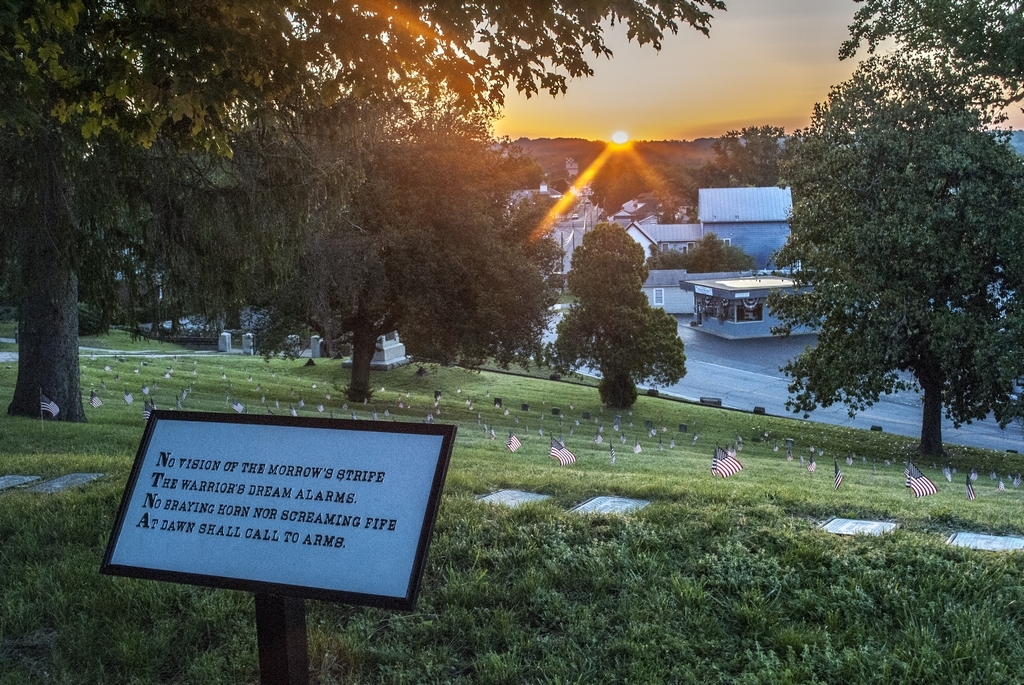
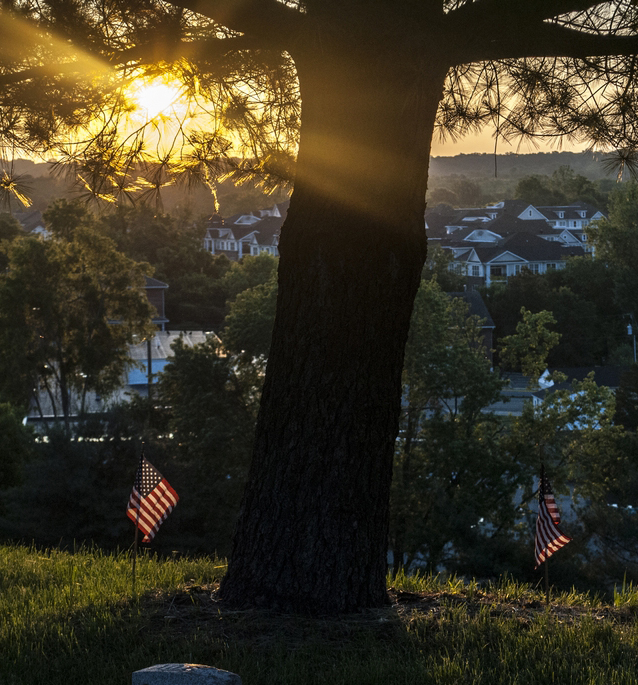
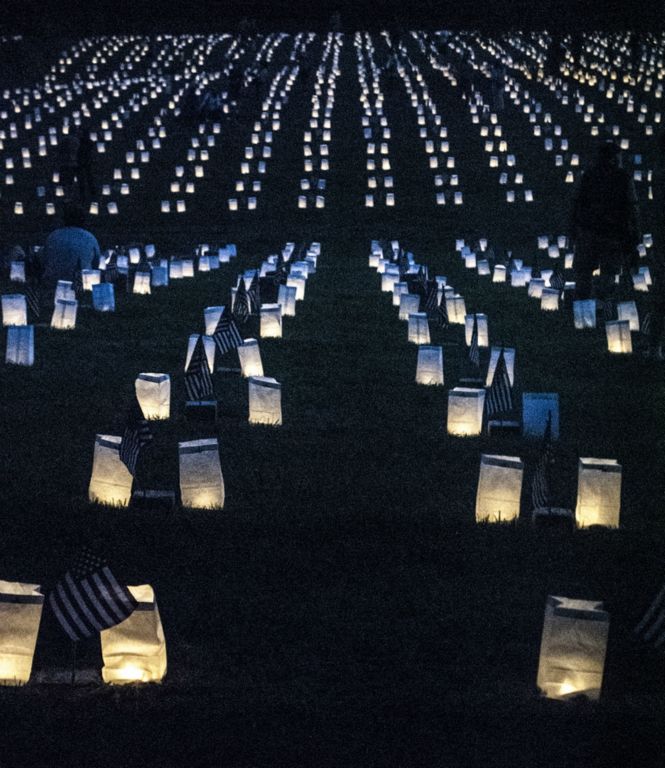
St. Peter’s


Photo Gallery from last Memorial Day weekend
Description from last Memorial Day weekend



